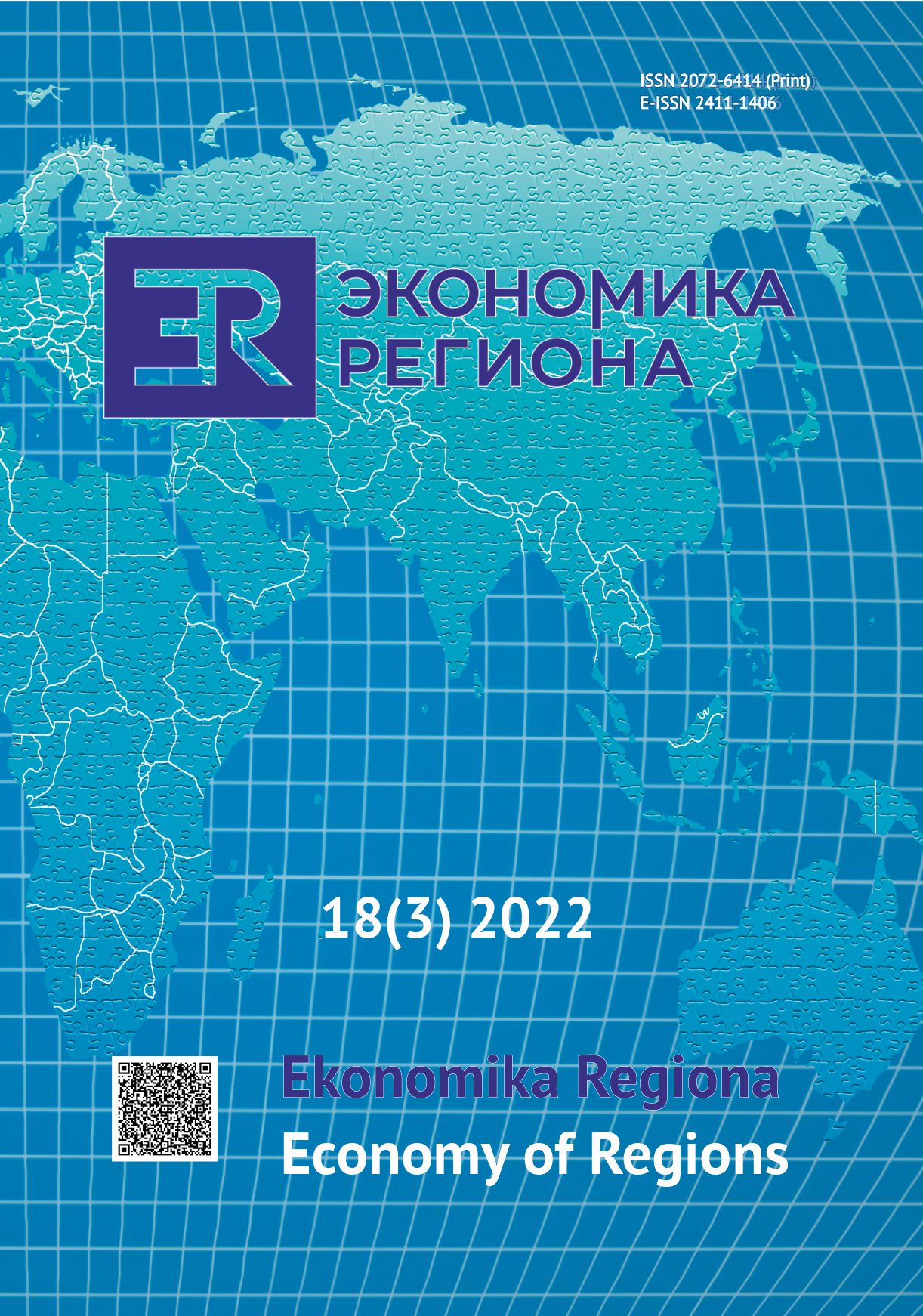Spatial Distribution of Urban Services from the Spatial Justice Perspective: Case Study of Tehran
Spatial Distribution of Urban Services from the Spatial Justice Perspective: Case Study of Tehran
Author(s): Mostafa Ghaderi Hajat, Mohsen Azizzadeh Tasouj, Mojtaba ShoeibiSubject(s): Rural and urban sociology
Published by: Институт экономики Уральского отделения Российской академии наук
Keywords: urban services; Tehran; spatial justice; level of utilisation; seclusion;
Summary/Abstract: The realisation of spatial justice, guaranteeing the quality of life for all citizens and the prohibition of citizens’ exclusion are the fundamental principles of optimal urban management. Social seclusion is associated with social policies such as education, health, housing, employment, crime, welfare, poverty alleviation, etc. The spatial problems in Tehran are due to the political organising and political management of space in Iran on a micro and macro scale during the last hundred years. Tehran as the major metropolis of Iran has a special significance in the Iranian urban system; but in terms of spatial justice, the distribution of urban services across its districts is considered heterogeneous. The purpose of this paper is to evaluate the status of “Spatial Justice of Tehran” in terms of urban services and examine the level of difference between districts. Mixed method is used in this research. The results show that the distribution of urban services is not just in 22 districts of Tehran. According to the findings, district 1 has the highest level of services and districts 17 and 9 have the lowest levels of services.
Journal: Экономика региона
- Issue Year: 18/2022
- Issue No: 3
- Page Range: 852-866
- Page Count: 15
- Language: English

